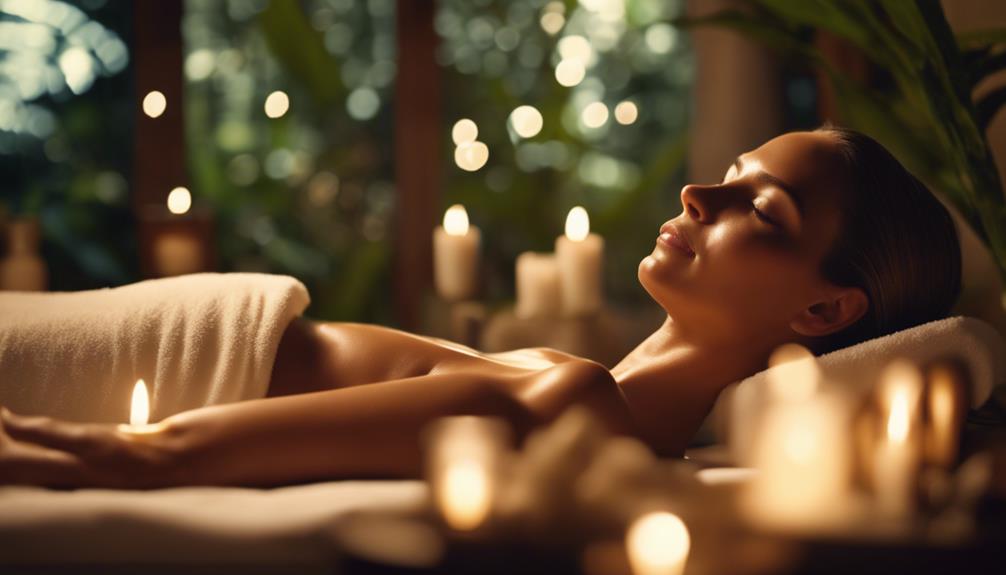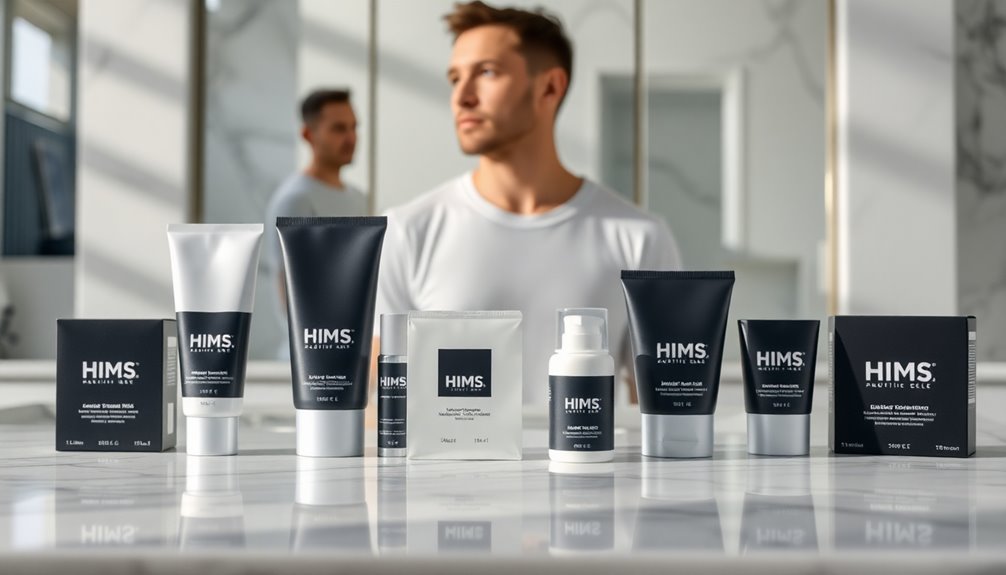Tanning beds may offer a quick way to achieve a tan, but they pose significant risks! By using tanning beds, you could be increasing your risk of developing skin cancer, including melanoma, as well as accelerating the formation of wrinkles and sunspots. Moreover, if you are young, your skin is even more susceptible to damage! Don’t overlook the importance of protecting your eyes as well – UV rays can result in vision problems! Instead of exposing yourself to those intense lights, why not consider using a self-tanner? They provide a sun-kissed appearance without the harmful effects of sunburn! Interested in learning about safer alternatives and further ways to safeguard your skin? There is much more information to discover!
Key Takeaways
- Tanning beds significantly increase the risk of skin cancers, including melanoma, due to harmful UV exposure.
- Regular use can lead to premature skin aging, resulting in wrinkles and sunspots.
- Young users are particularly vulnerable, facing a heightened risk of skin damage and potential addiction to tanning.
- Always wear protective eyewear to guard against long-term vision problems and the risk of eyelid skin cancers.
Health Risks of Tanning Beds
Using tanning beds can considerably elevate your risk of developing skin cancers, including melanoma, squamous cell carcinoma, and basal cell carcinoma.
You might think a golden tan looks great, but your skin screams for help every time you step into one! Those UV rays can cause serious damage, leading to wrinkles and sunspots faster than you can say “sun-kissed.”
Plus, if you're young, the risks soar even higher. It's like playing with fire—exciting at first, but dangerous in the long run!
And hey, if you find yourself craving that tanning session, it could be a sign of addiction, which isn't just about looks.
Recognizing Skin Cancer Symptoms

Recognizing the signs of skin cancer can be lifesaving, especially after exposing your skin to harmful UV rays from tanning beds. Keep an eye out for these symptoms:
| Symptom | What to Look For | Action to Take |
|---|---|---|
| New or changing moles | Any mole that looks different or grows | Visit a dermatologist ASAP |
| Persistent sores | Sores that don't heal after a few weeks | Get it checked out |
| Unusual skin changes | Rough patches or lumps | Consult a skin expert |
| Itching or pain | Persistent discomfort in a specific area | Don't ignore it, seek help |
Importance of Eye Protection
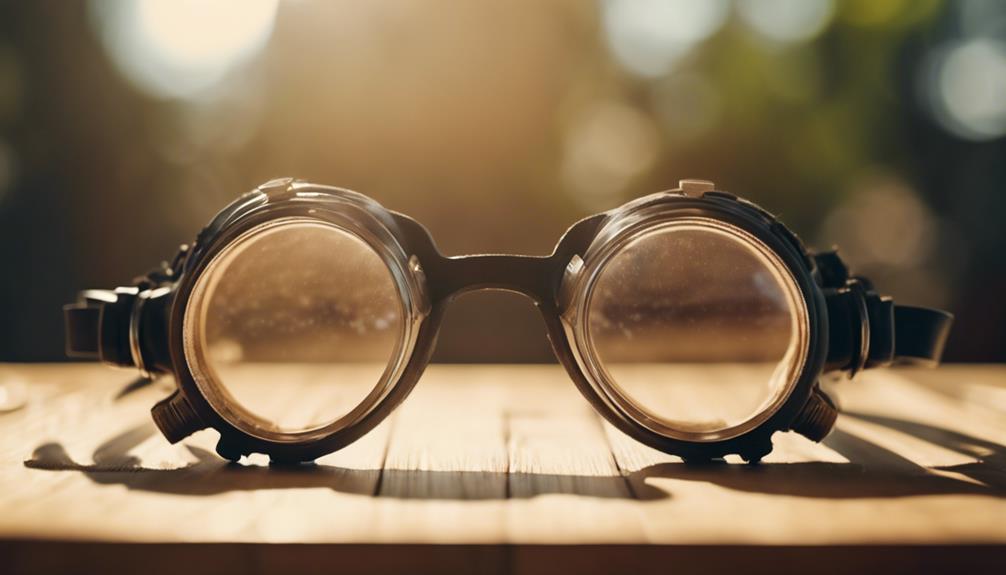
Protecting your eyes during tanning sessions is essential, as neglecting this can lead to serious long-term vision problems. You wouldn't jump into a pool without checking for sharks, right? Well, skipping eye protection is just as risky!
Imagine the sun's rays blasting into your eyes, causing bright flashes that feel like fireworks going off.
You might experience a tingling sensation as if you're staring at a light bulb too long.
Additionally, there's an increased risk of cataracts, like a cloudy fog settling in.
Don't forget the chance of skin cancers around your eyelids, where skin is super thin.
Hygiene in Tanning Facilities

Maintaining cleanliness in tanning facilities is essential to prevent skin irritations and infections from shared equipment. Imagine stepping into a tanning bed that hasn't been cleaned—yikes! Germs can easily be lurking there, waiting to ruin your tanning experience.
Always check if the facility disinfects their beds between uses; it's a must! You wouldn't want to borrow someone's dirty shoes, right? Plus, using clean towels and wearing clean swimsuits can help keep your skin happy and healthy.
Don't hesitate to ask the staff about their hygiene practices; they should be proud to share! A little curiosity goes a long way in protecting your skin while still enjoying that sun-kissed glow.
Evaluating Tanning Products
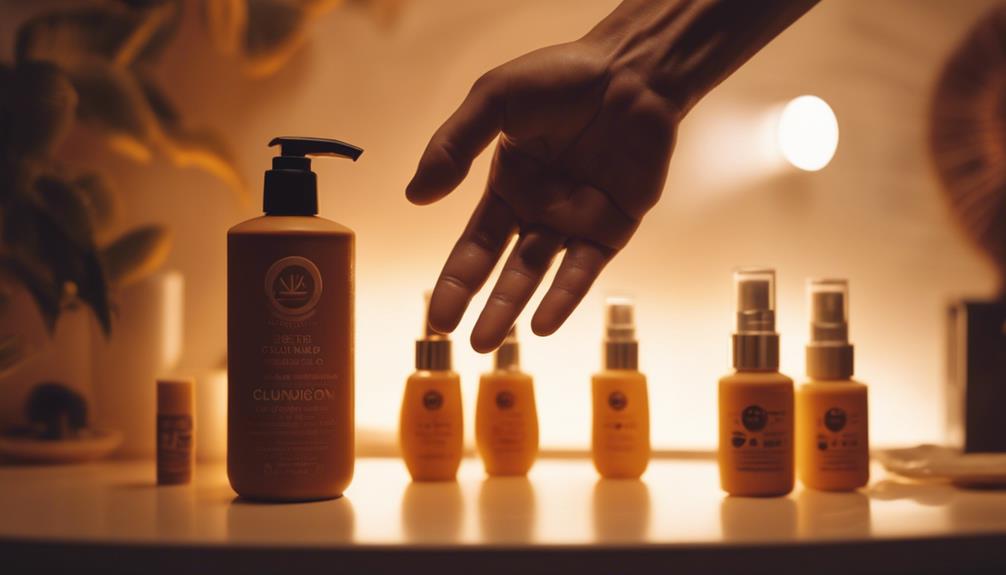
When choosing tanning products, it's important to look closely at the ingredients to guarantee they're safe and beneficial for your skin. You wouldn't put just anything on your skin, right?
Keep an eye out for:
- Natural oils that hydrate and nourish your skin
- Antioxidants to fight off those pesky free radicals
- No harsh chemicals that could cause irritation or damage
Safe Tanning Alternatives

There are several safe tanning alternatives that let you achieve a sun-kissed glow without the harmful effects of UV exposure.
Have you ever tried self-tanners? They come in lotions, sprays, and gels, allowing you to customize your shade—no sun required! Plus, airbrush tans are super popular at salons and provide an even finish.
Remember, though, to read those ingredient labels; you want products that nourish your skin, not harm it.
And don't forget, even with self-tanners, sunscreen is a must! It's like wearing a shield against harmful rays.
Regulatory Changes on Tanning Beds
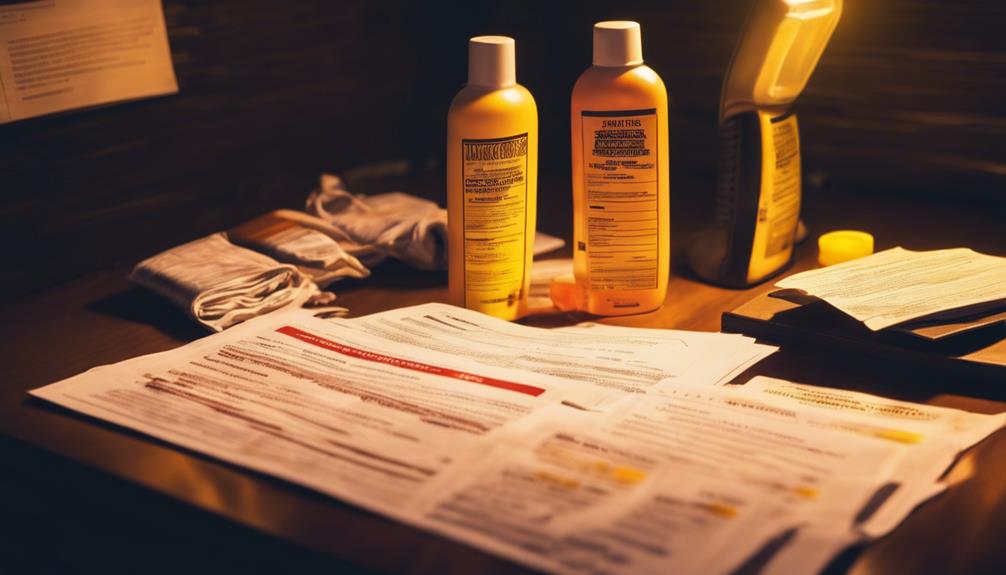
As awareness of the dangers associated with tanning beds grows, regulatory changes are being considered to better protect public health. You might wonder what these changes could mean for you. Well, here are some exciting possibilities:
- Stricter age restrictions, keeping young teens safe from harmful UV rays.
- Mandatory eye protection requirements, ensuring everyone's vision stays clear and healthy.
- Improved cleanliness standards for tanning facilities, making sure you don't catch anything nasty.
These changes aim to create a safer environment for everyone. It's like wearing a helmet while biking—better to be safe than sorry, right?
Frequently Asked Questions
Can I Tan Indoors if I Have Dark Skin?
You can tan indoors with dark skin, but it's important to take into account your skin type and health. Always use protective measures and consult a professional to avoid potential damage and guarantee your skin's safety.
How Often Is It Safe to Use Tanning Beds?
It's interesting how often people wonder about tanning bed safety. You should limit usage to once every few weeks, if you choose to use them at all, to minimize skin damage and health risks.
Are There Any Age Restrictions for Tanning Bed Use?
Yes, many states impose age restrictions for tanning bed use, typically requiring users to be at least 18. If you're younger, it's crucial to check local laws and prioritize safer tanning alternatives for your skin.
What Should I Do if I Get a Rash From Tanning?
If you find your skin's surface resembling a stormy sea, rash and irritation can follow. Gently cleanse the area, apply soothing lotion, and consult a dermatologist if it worsens. Your skin deserves tender care.
Can Tanning Beds Cause Skin Allergies or Reactions?
Yes, tanning beds can cause skin allergies or reactions. You might experience redness, itching, or rashes due to UV exposure or irritation from the bed's surface. Always monitor your skin and consult a dermatologist if symptoms arise.
What are the potential risks of using tanning beds and how can I protect my skin from them?
Using tanning beds can increase the risk of skin cancer, premature aging, and eye damage due to overexposure to UV rays. To protect skin from tanning bed risks, it’s important to limit the use of tanning beds, wear protective eyewear, use sunscreen, and regularly check for any unusual skin changes.
Conclusion
So, as you think about that sun-kissed glow, remember that tanning beds can be more trouble than they're worth.
Just imagine a girl named Sarah, who loved her tan until she discovered it led to skin issues later on.
Instead of risking your skin, why not try a safe self-tanner or enjoy the sunshine responsibly?
Your skin will thank you, and you'll look fabulous without the dangers!
Choose health over a temporary tan, and shine bright for years to come!

